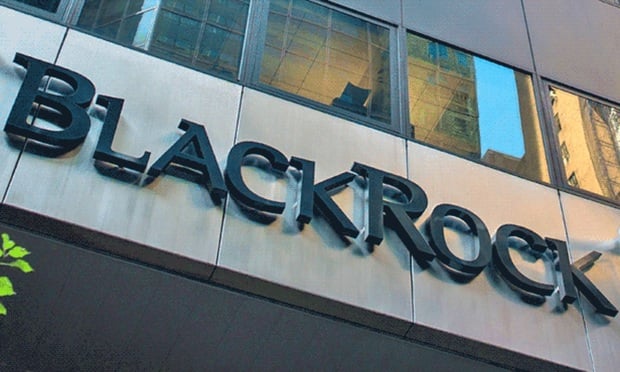 (Photo: Shutterstock)
(Photo: Shutterstock)
A significant percentage of workers contributing toward a 401(k)-plan report having significant debt and other impediments to retirement saving, but there are elements of the new SECURE 2.0 legislation that could help improve the financial wellness of those workers, a new report has found.
The study from T. Rowe Price said that the primary sources of financial stress for workers include the lack of emergency savings and student loan debt. It outlined how SECURE 2.0 could address some of those issues. The survey included close to 4,000 workers with 401(k) plans and was conducted in the summer of 2022.
Recommended For You
"Our research shows that the workplace remains the primary source for accessing educational tools and financial guidance and that most employees value programs that can help them with emergency savings, financial education, and debt," the report said. "Optional provisions in SECURE 2.0 could reshape workplace financial well‐being programs and allow sponsors to tailor plans for their participants."
Trying, but struggling, to save
The data indicated that there can be numerous red flags signaling that workers may be struggling to stay financially healthy and save for retirement.
"Data indicates there's a subset of the population using retirement plans to address short term needs at the expense of retirement outcomes," said Rachel Weker, vice president and senior retirement strategist for retirement plan services at T. Rowe Price. "Research tells us many individuals don't have sufficient funds to address near term emergencies and they will need to go into debt – or tap retirement savings to meet these critical needs."
According to the survey, 55% of respondents said that they are not saving enough for retirement or are not sure if they are. Of that group, 62% said that they were saving all that they could afford.
Nearly all workers—91%–said having enough savings for an emergency was a major or minor financial goal. Nearly one-quarter of respondents said they were making little or practically no progress toward saving for emergencies. In addition, 14% of those surveyed said they were likely to tap into their workplace retirement accounts to cover unexpected expenses.
"For these participants, relying on retirement savings to cover emergency expenses could develop into an ongoing pattern where they repeatedly take retirement plan loans to address their short‐term needs," the report said.
The report said that although taking out retirement plan loans did not always signal future problems with retirement savings, those who took multiple small loans had lower average account balances in their retirement savings plans, and lower deferral rates—they put less toward retirement savings than others.
"This vulnerable population is lagging," the report said. "Persistent retirement plan loans, lower deferral rates, and lower account balances all could be indications that these savers are struggling to manage their day‐to‐day household finances, including maintaining a budget or paying down debt. These signs of financial stress—undersaving and untimely withdrawals—also are detrimental to successful retirement outcomes."
Student loan debt can be addressed in part by SECURE 2.0
Another form of financial stress—and one that can directly impact workers' decisions on saving for retirement—is student loan debt. The report noted that Americans owe more than $1.6 trillion in student loan debt, with 24% of that debit in forbearance or default. "For many workers, repaying student loan debt is a significant competing priority to saving for retirement," the report said. Among the participants we surveyed, roughly 1 in 4 reported that they had outstanding college debt."
Related: What SECURE 2.0 means for employees' short-term expenses and long-term savings
With SECURE 2.0, employers have new tools to help workers pay off student loans and start putting money into retirement savings. Student loan match provisions in the new law allows companies to match workers' student loan payments with retirement contributions, creating a path for retirement saving that workers can continue once their student debt is paid off.
Recommendations for putting SECURE 2.0 to work
According to Weker, the new legislation can improve retirement savings in a range of ways, aiding employers and brokers in creating an overall strategy to improve the financial wellness of their workers.
These steps include:
- Determining which of the financial wellness provisions make sense for their organization.
- Providing personalized communications to reach employees. "For example, [workers] who watched our personalized savings video were two times more likely to make a contribution change than those who didn't," she said.
- Being creative in sharing educational content. "Financial challenges are not distributed equally, and existence of debt disproportionately impacts underrepresented minorities and women," Welker said. "These populations are more likely to express interest in help with student debt and emergency savings. We see higher levels of engagement in communications when we leverage business resource groups that provide forums for these communities to engage on topics of importance."
© Touchpoint Markets, All Rights Reserved. Request academic re-use from www.copyright.com. All other uses, submit a request to [email protected]. For more inforrmation visit Asset & Logo Licensing.






